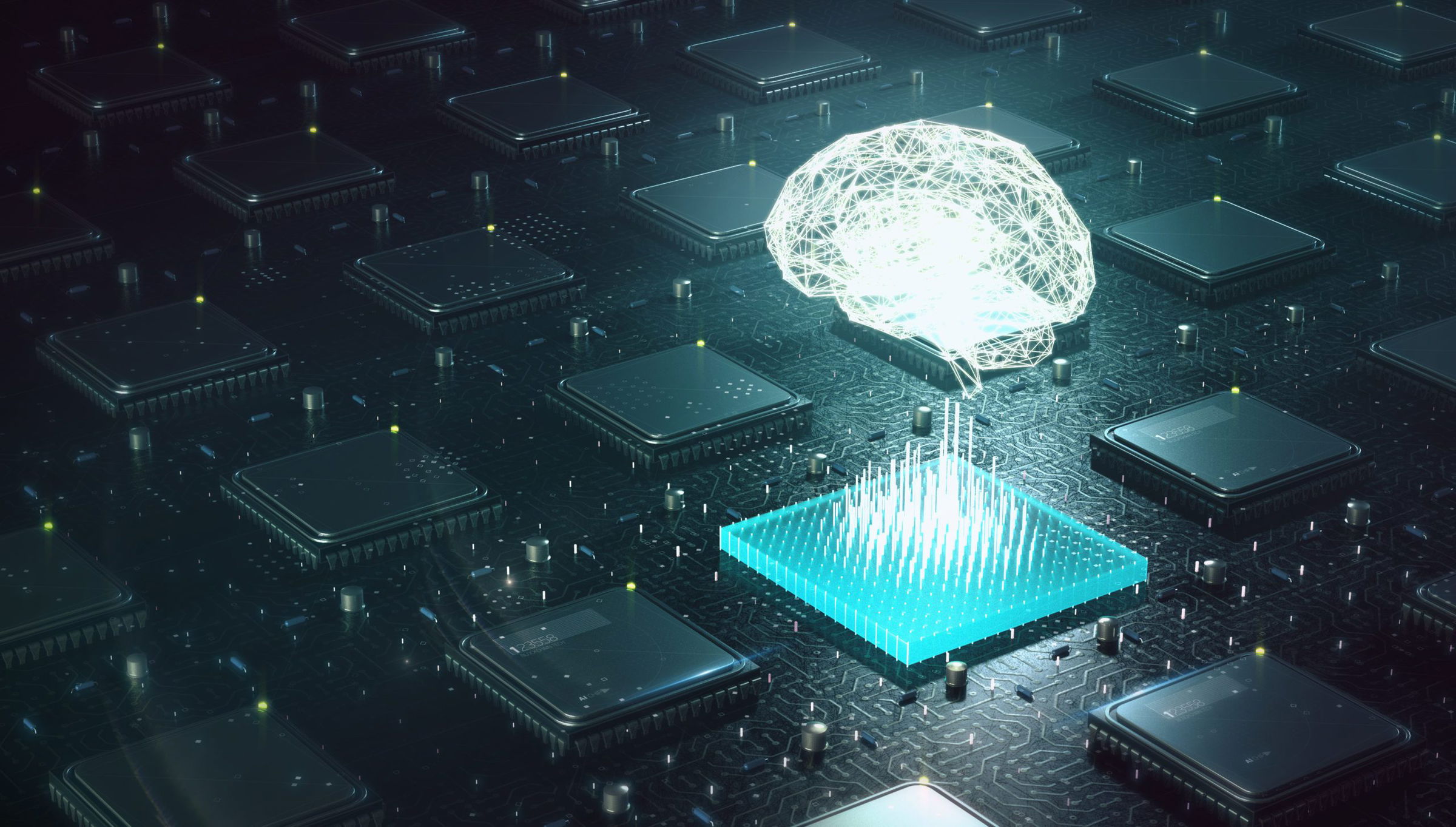Last updated on September 20th, 2022 at 09:41 am
Intro To Tensorflow For Deep Learning Courses
Deep learning uses artificial neural networks to teach computers how to learn from data. This approach differs from other types of machine learning – it is not just about finding patterns in data, but understanding the meaning behind those patterns.
Deep learning systems can be trained to perform image recognition, speech recognition, and text analysis tasks. They are increasingly being used for tasks such as automated driving, where they can help vehicles navigate safely through complex road conditions.
The significance of deep learning is that it allows machines to learn without being explicitly programmed for every possible situation they may encounter. Deep learning is a subset of artificial intelligence (AI) that allows computers to learn without being explicitly programmed. It’s a powerful technology that has been used to develop computer vision, speech recognition, and natural language processing systems.
Deep learning builds upon previous machine learning methods by using multiple layers of neural networks to learn patterns in data automatically. To achieve this, deep learning algorithms must be trained on a large volume of data with labeled examples. This will help them determine which features are relevant to making accurate predictions about the outcome.
Deep learning has been around for about 30 years, but it has gained steam in recent years with the advent of tools like Google’s TensorFlow, an open-source framework for deep learning. Deep learning uses artificial neural networks, which are computer programs designed to mimic the way neurons in the brain fire and communicate with each other. The neural network can be trained using large sets of data, and once it has been trained, it can then be used to predict or classify new data.
Deep learning differs from traditional machine learning in that it allows computers to grasp new information by processing large amounts of data at once instead of using rules-based algorithms.
The significance of deep learning is hard to overstate. It’s already being applied in fields as diverse as medicine, transportation, and finance. It is expected to become more ubiquitous as researchers continue to figure out how it can be used to solve problems that have long proved difficult for humans alone.
Deep learning refers to algorithms that use one or more hidden layers of neurons between input data and output data. These algorithms are also known as “deep neural networks” (DNN). Deep learning has been very successful in some application areas, such as image recognition, speech recognition, natural language processing, and reinforcement learning.
Now that we know what deep learning is, let us understand its implications with Tensorflow.
What is Tensorflow?
TensorFlow is a library for machine learning and deep learning, providing a high-level API built on top of low-level routines that implement the actual neural network computations.
The high-level API allows us to express our model in a declarative style.
In TensorFlow, we can create models from scratch or use existing ones as building blocks. We can then train them with data, validate their behavior, and even deploy them to production seamlessly.
Tensorflow is open-source software developed by Google that implements the TensorFlow deep learning framework. Deep learning and TensorFlow are closely related because deep learning relies heavily on TensorFlow and its capabilities. Tensorflow was created to help developers build and train artificial neural networks that can learn how to identify objects or voices based on their visual characteristics or sound patterns.
The system is currently used in many of Google’s services, such as Google Translate and Google Photos. TensorFlow is also used by other companies, like Dropbox or Twitter.
It emphasizes automatic differentiation, which allows for defining complex models in a short time. TensorFlow supports CPU and GPU computation, making it a good choice for researchers who want to take advantage of the latest GPUs with CUDA support.
TensorFlow is a flexible and easy-to-use system that can run on a single computer or across multiple computers in a cluster. TensorFlow was originally developed to support distributed training of machine learning models, but it also has non-distributed applications such as data analysis and visualization.
So far, neural networks have proven very effective at solving problems in many fields, from computer vision and speech recognition to stock market predictions. Neural networks are designed to imitate how the human brain processes information and learns from the data we provide it.
To learn more about TensorFlow and its application in artificial intelligence and machine learning, enroll in the best course offered by Imarticus learning. Get the best course guidance and execution strategies to kickstart your data career. Contact us through chat support, or visit us at our offline stores in major cities across India.

